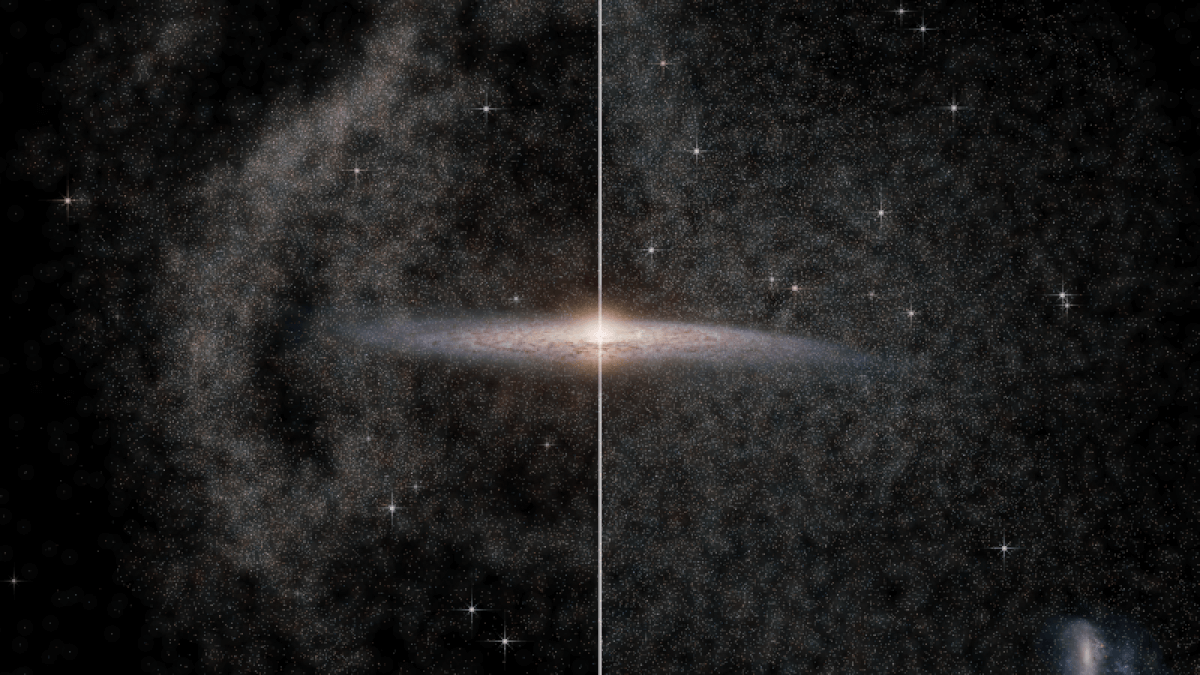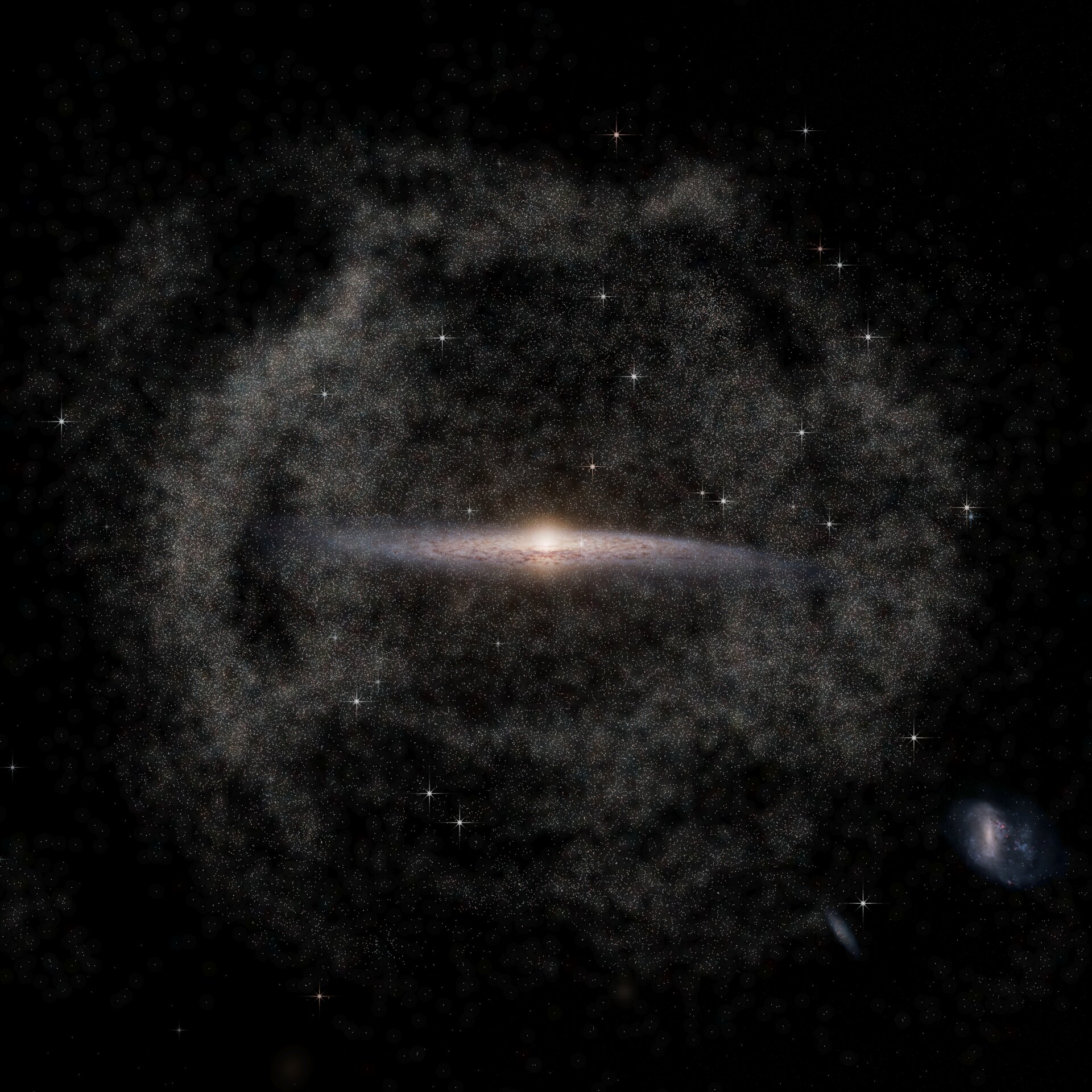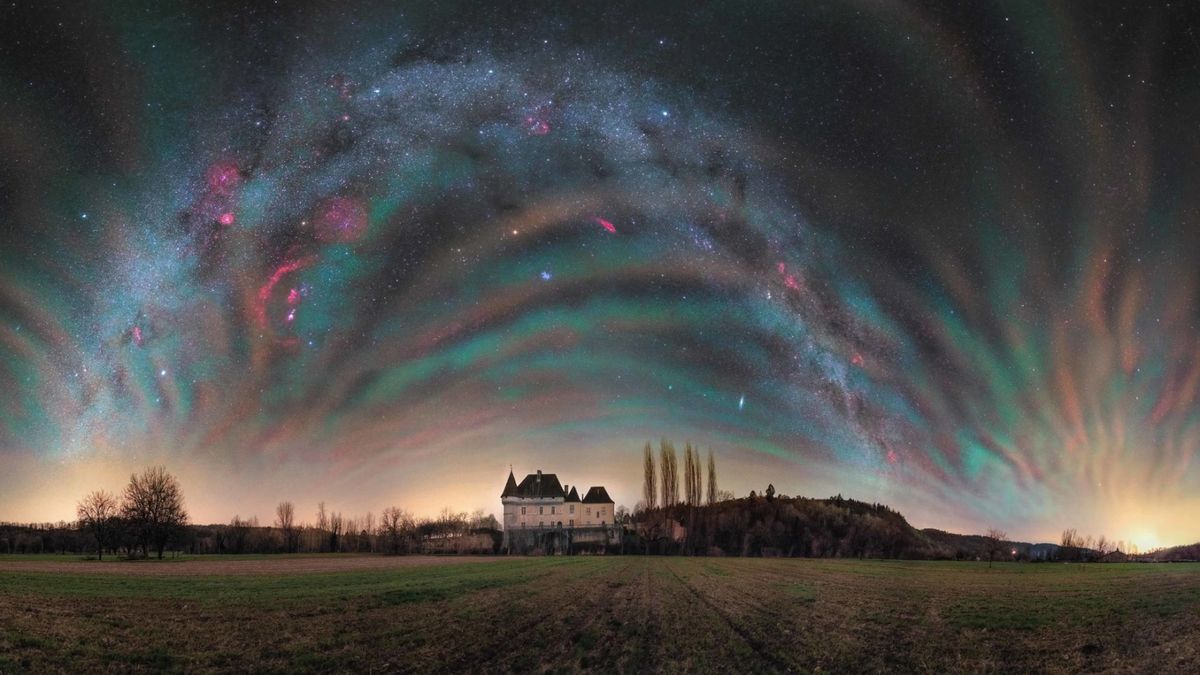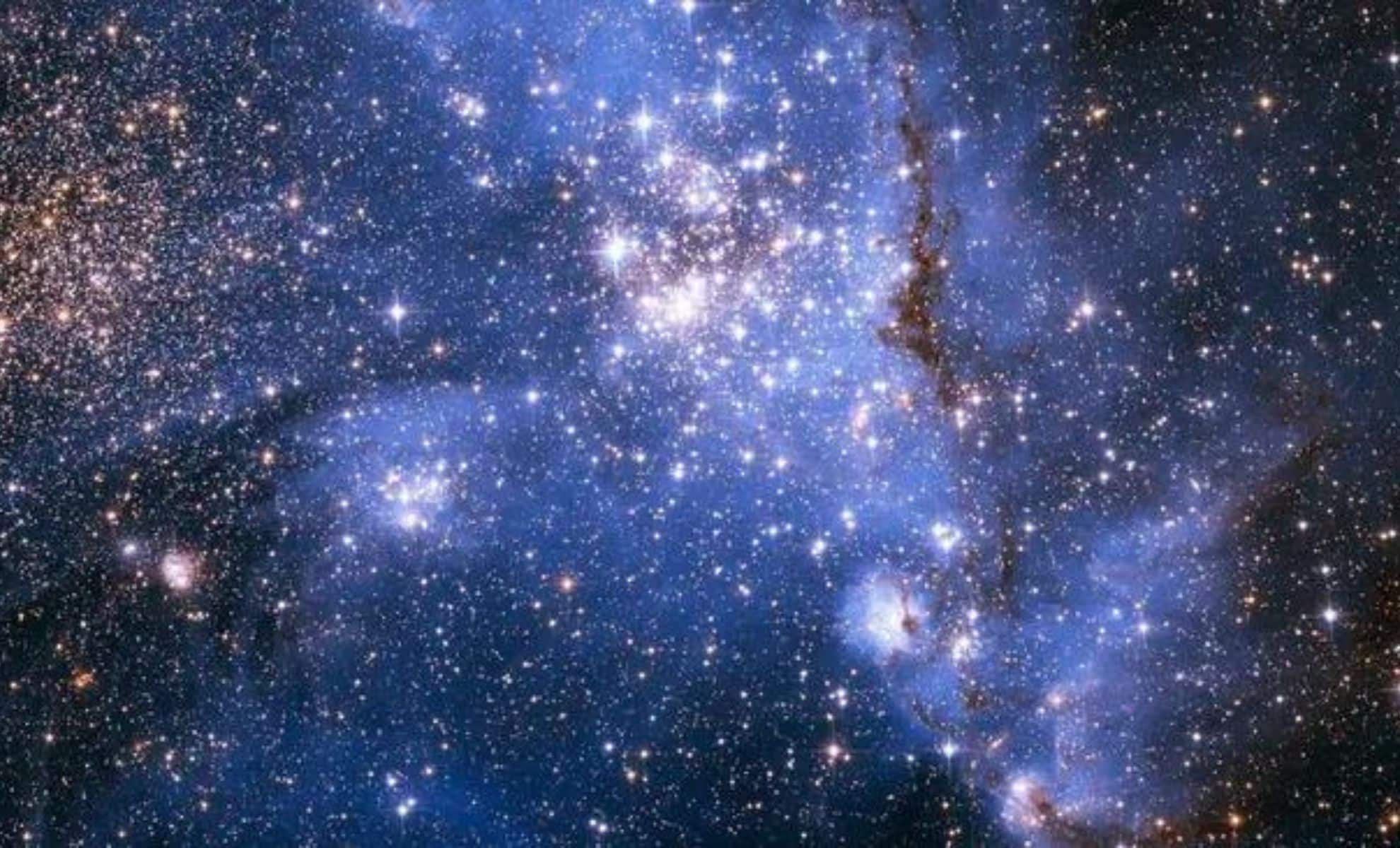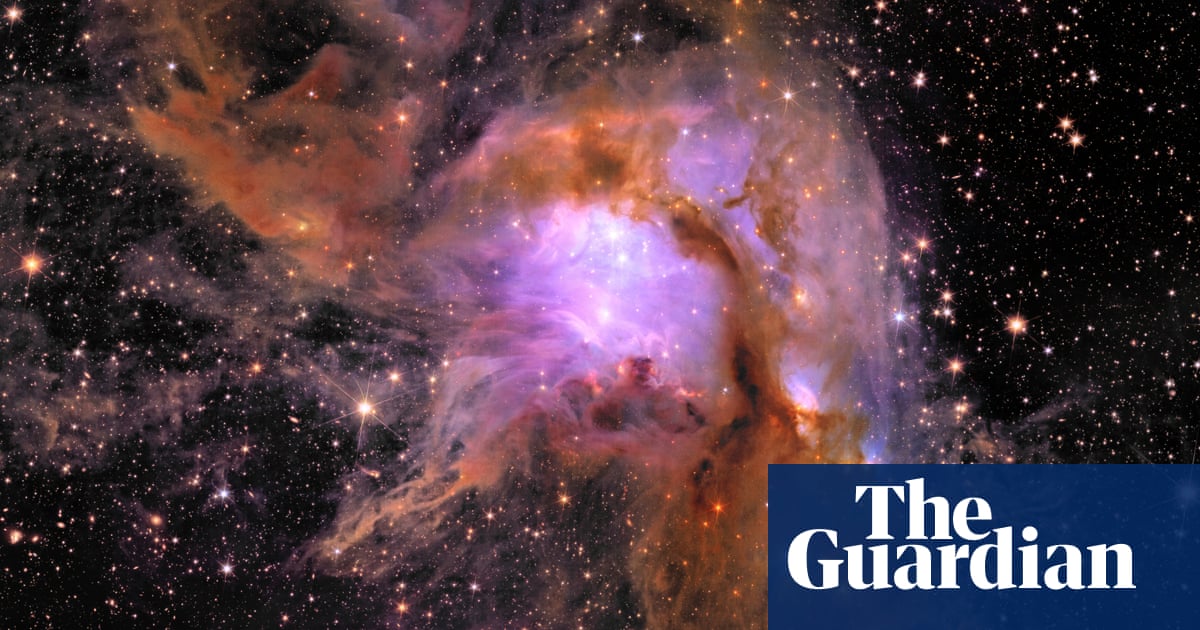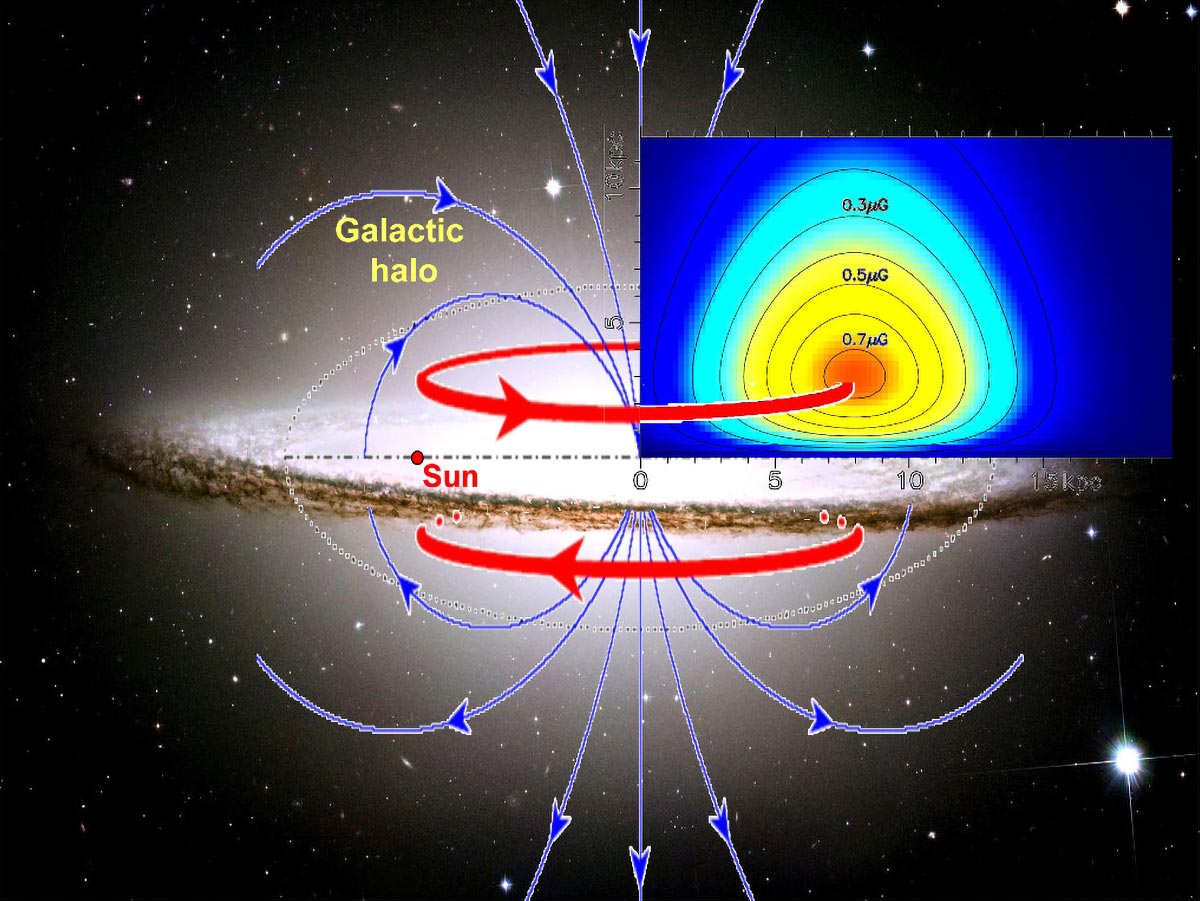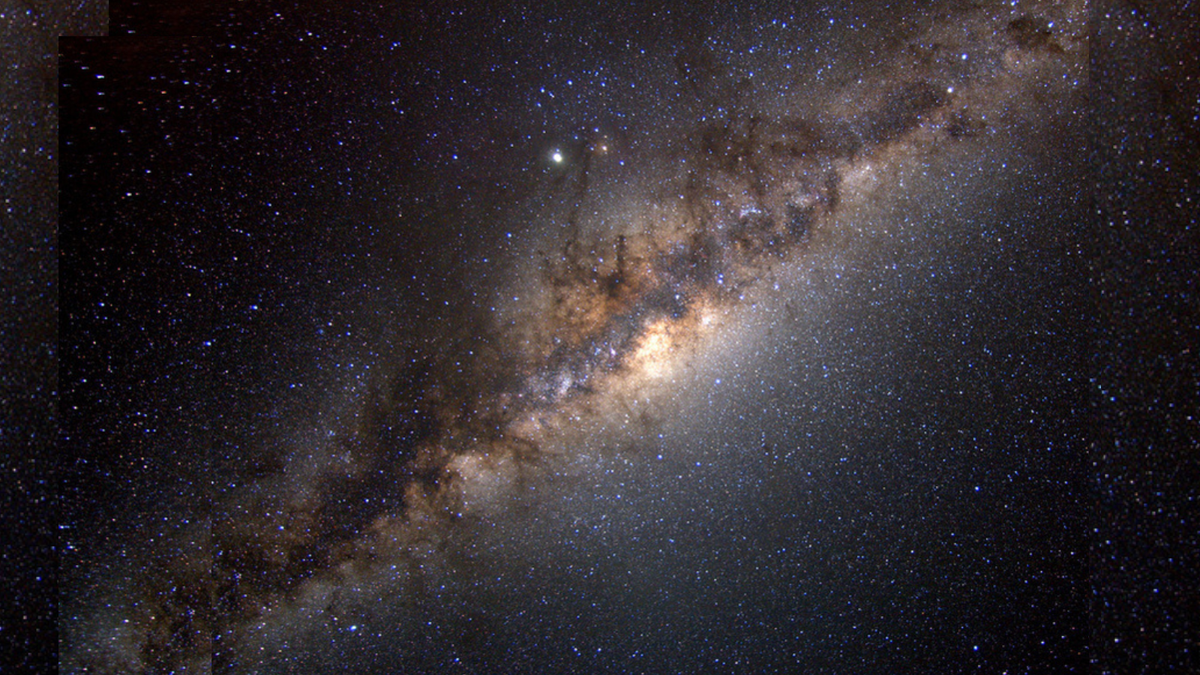A cosmic bomb could change everything we know about the Milky Way Galaxy
The ‘Benjamin Button’ effect allows astronomers to better calculate ‘last big crash’ TROY, N.Y. — A stunning new study could turn everything we know about our cosmic home – the Milky Way Galaxy – upside down. According to researchers at Rensselaer Polytechnic Institute, our galaxy may have collided with another galaxy billions of years later … Read more
